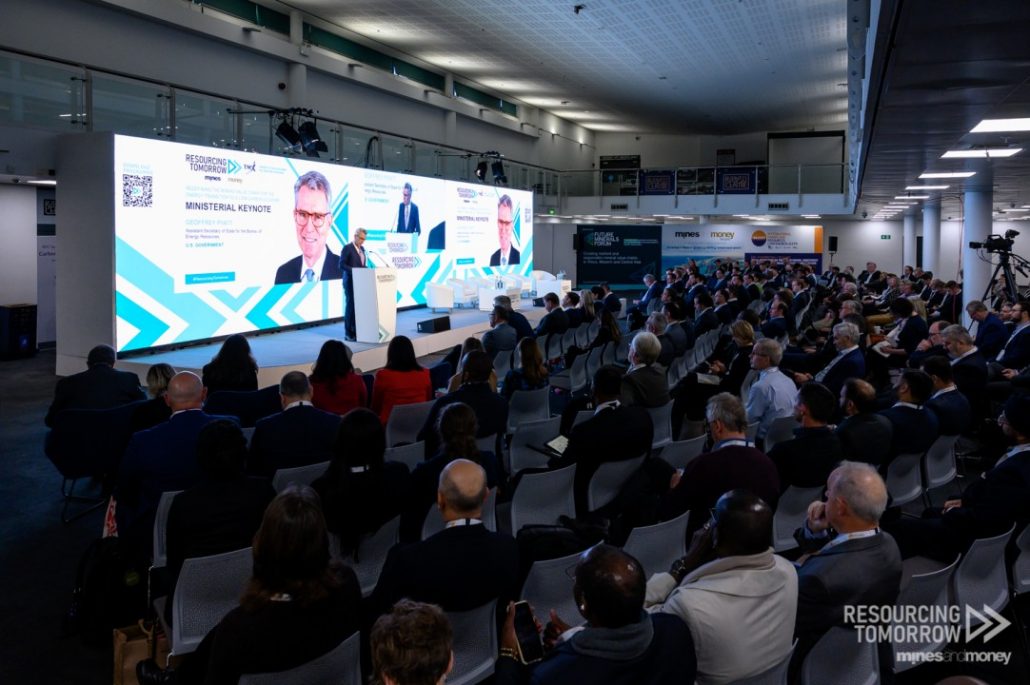
Industry experts at the Resourcing Tomorrow conference in London expressed a consensus. Green premiums for raw materials are not a market reality. Jeff Gaulin from Vale and other panelists noted that OEMs are unwilling to pay extra for sustainable minerals. This occurs despite demand driven by EVs and the green energy transition. The lack of consumer demand and manufacturer incentives contributes to this reluctance.
OEMs Resist Paying Extra for Sustainable Materials
Gaulin highlighted the economic challenges faced by the metals industry. OEMs have not shown a willingness to pay premiums for responsibly sourced materials. Sustainability certifications lack sufficient commercial value. This hinders large-scale purchasing decisions. Thus, the metals industry cannot rely on premium pricing strategies.
Innovation and Cost Reduction Are Key
Instead of green premiums, Gaulin advocated for innovation and cost reduction. Panelists echoed this sentiment. They called for investments in technology and improved mining practices. Antoine Troesch from Demeter Investment Managers suggested prioritizing upfront capital for ESG targets. This contrasts with expecting higher prices for green-certified materials. Mining costs, lead times, and regulatory pressures further complicate the situation. SuperMetalPrice sees this as a major market issue.
Industry Must Focus on Innovation and Competitiveness
The panel discussed fostering industry competitiveness. Gaulin proposed a triple-focused approach. This involves local extraction and refining, industry collaborations, and innovation breakthroughs. As demand for critical raw materials rises, the industry must innovate and improve efficiency. It cannot rely on unproven green premiums.











Leave a Reply
You must be logged in to post a comment.